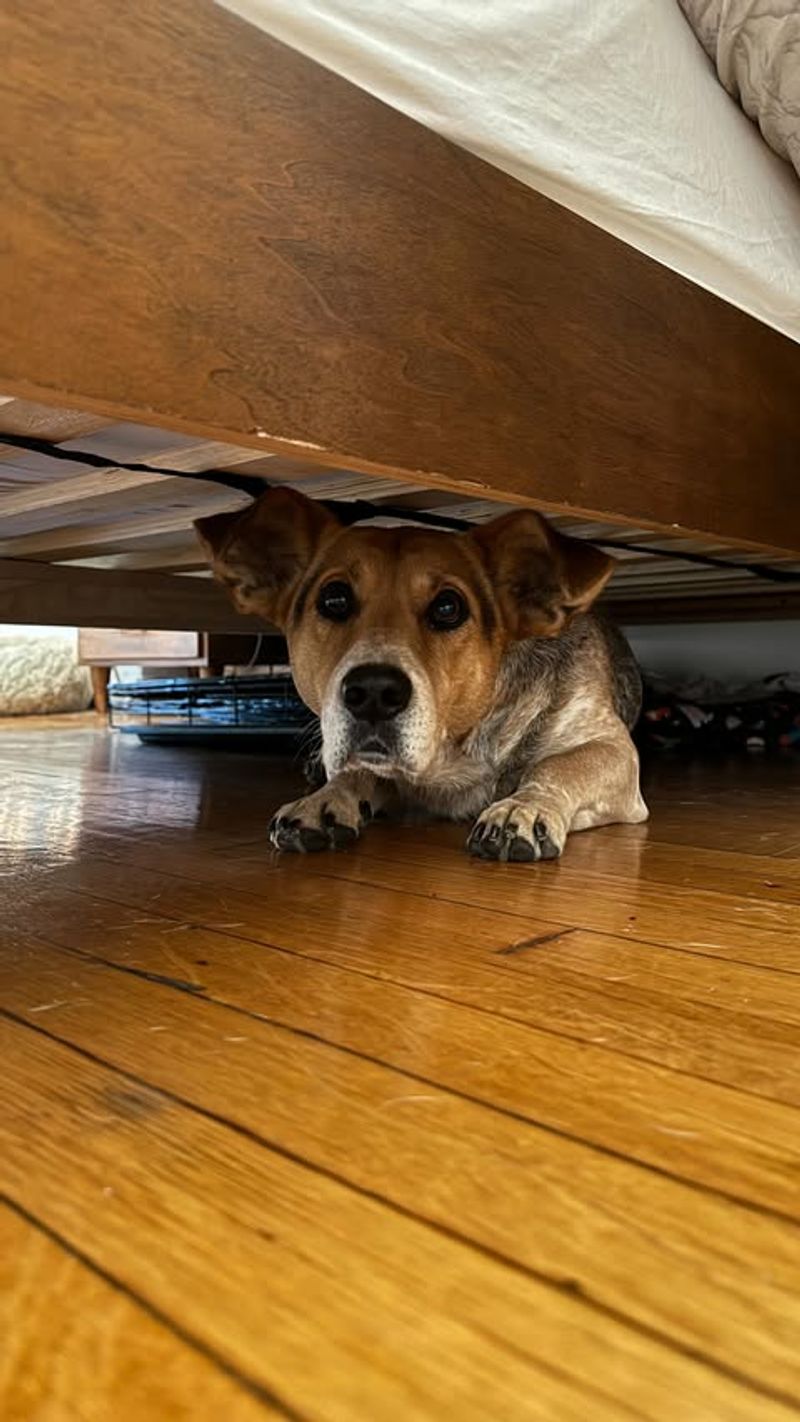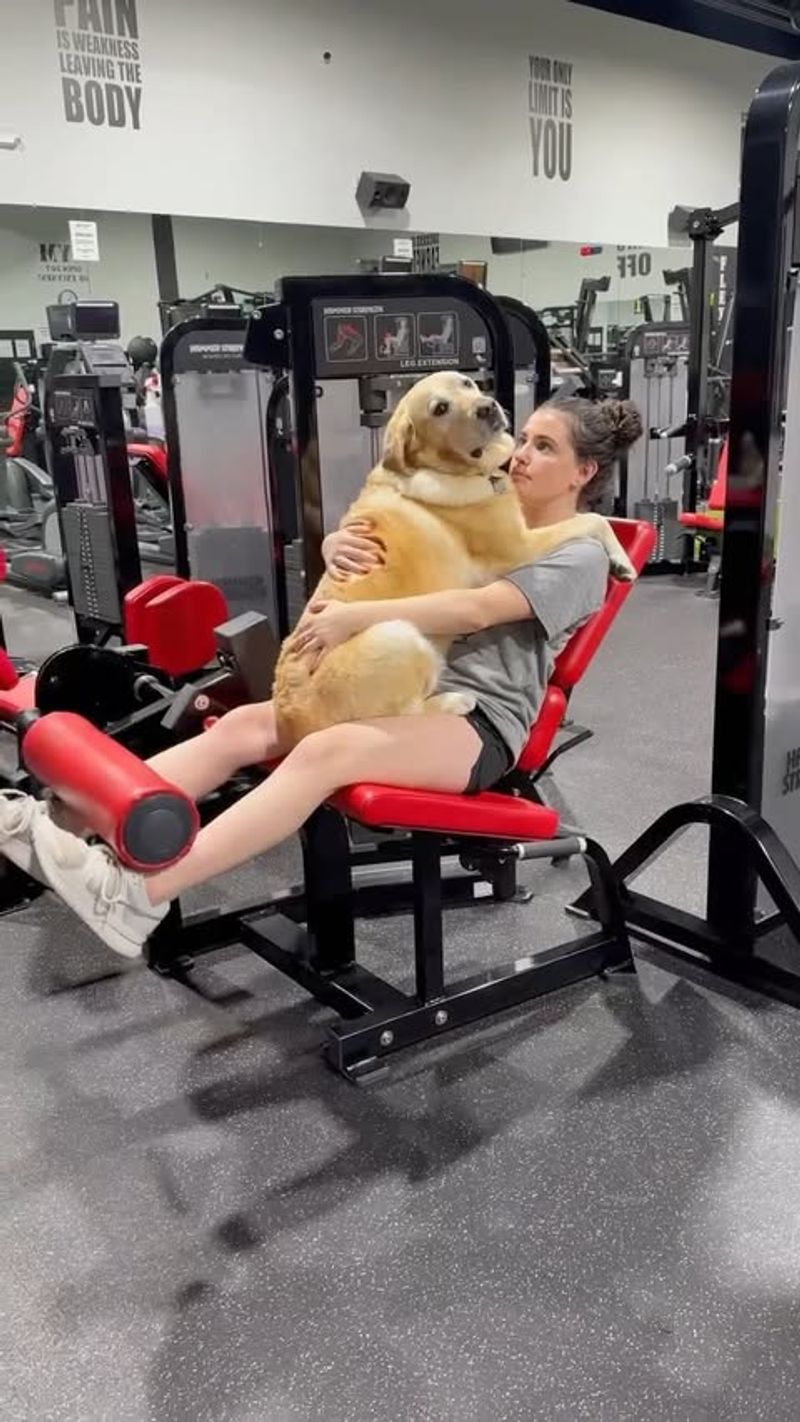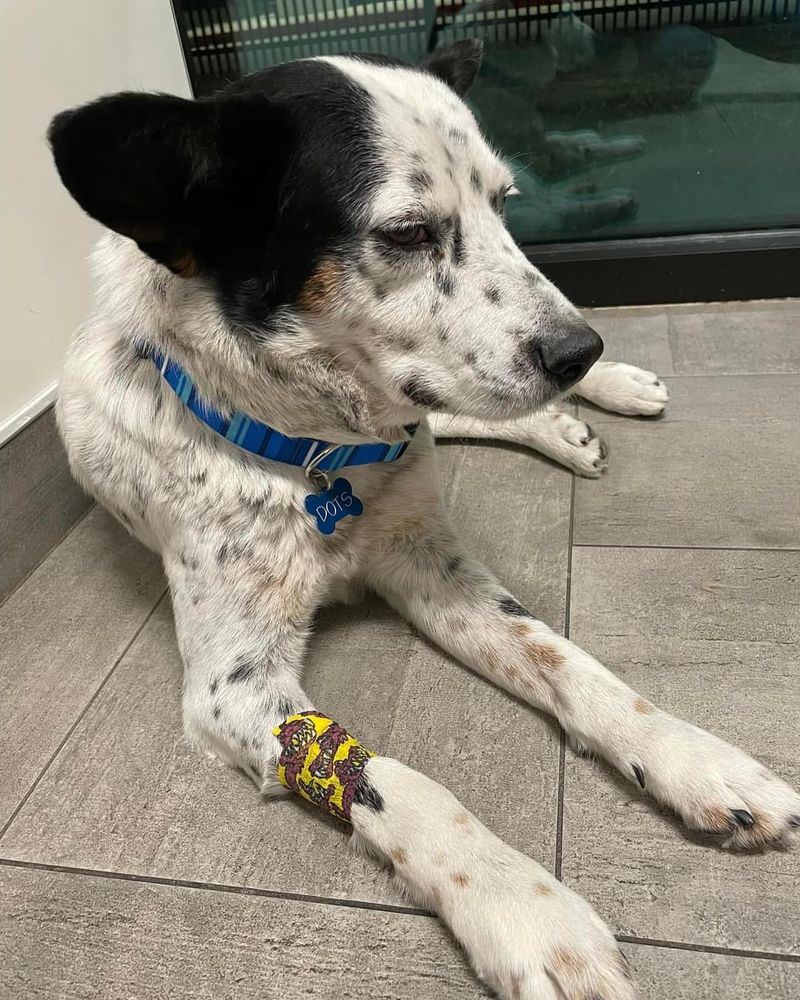Dogs, like humans, can experience emotional struggles, and recognizing the signs of depression in your furry friend is crucial for their well-being. This blog post will guide you through 19 warning signs that may indicate your dog is dealing with depression. Understanding these signs can help you provide the support and care your pet needs to navigate their emotional challenges.
Loss of Appetite
A noticeable decrease in appetite can be a clear indication that your dog is feeling down. If your pup once had a voracious appetite and suddenly seems disinterested in meals, it’s time to take note.
This change in eating habits might be linked to underlying emotional issues. Sometimes dogs lose interest in food when they’re not feeling mentally or emotionally well.
Addressing this issue involves observing their behavior and possibly consulting with a veterinarian to rule out other health concerns. Offering different foods or engaging in social mealtime can sometimes rekindle their interest in eating.
Increased Sleeping
If your dog is sleeping more than usual, it might be a sign that they’re feeling depressed. While dogs do sleep a lot, a noticeable increase in their napping time could indicate something deeper.
This excessive sleeping could stem from a lack of motivation or interest in activities they once enjoyed. It may seem like they are trying to escape their feelings through sleep.
To help them, try to engage them in stimulating activities and ensure they have a comfortable sleeping area. A vet visit might be necessary to check for any underlying health issues.
Withdrawal from Social Interaction
Social withdrawal is another warning sign that your dog might be experiencing depression. If your furry friend is avoiding interaction with family members or other pets, it could be a red flag.
Dogs are naturally social creatures, and a sudden change in their desire to be around others can signal emotional distress. It might be due to a recent change in their environment or routine.
Encouraging gentle socialization and maintaining a familiar routine can help them feel more secure. Providing comfort and patience is essential during this time.
Lack of Interest in Play
Dogs love to play, and a sudden disinterest in their favorite toys and activities can be a significant sign of depression. If your dog seems uninterested in playtime, it’s worth paying attention.
This lack of enthusiasm can result from changes in their environment or personal loss. Sometimes, they might feel too low to engage in activities they usually adore.
Try introducing new toys or games to spark their interest. Ensuring regular play sessions can help uplift their mood. Consult with a veterinarian if the disinterest persists.
Excessive Licking or Chewing
Excessive licking or chewing can be a sign of anxiety or depression in dogs. If your pet is persistently licking or chewing themselves, it may indicate underlying emotional issues.
These repetitive behaviors can serve as coping mechanisms for dogs dealing with stress or sadness. They might focus on these actions to alleviate their feelings.
To address this, try providing them with chew toys or engaging them in stress-reducing activities. Consulting with a veterinarian or animal behaviorist can provide additional insights and solutions.
Changes in Weight
Fluctuations in weight can often signal that something is amiss with your dog’s emotional health. Sudden weight loss or gain might indicate that your pet is struggling with depression.
Weight changes can occur due to altered eating habits or decreased activity levels. It’s essential to monitor their weight and eating patterns closely.
Addressing this issue might involve dietary adjustments and increased physical activity. A vet can provide guidance on maintaining a healthy weight and checking for other health concerns.
Unusual Aggression
Sudden or unusual aggression can be a sign of depression in dogs. If your pet is showing aggression towards family members or other animals, it may be due to underlying emotional stress.
Depression can sometimes manifest as irritability or frustration, which can lead to aggressive behavior. Understanding the triggers can help in managing this issue.
Consulting with a professional trainer or behaviorist, along with a veterinarian, can provide strategies to mitigate aggression and address the root cause of their distress.
Frequent Hiding
If your dog is frequently hiding, it might be a sign that they’re experiencing depression. Dogs that isolate themselves from their family may be dealing with emotional issues.
This behavior could be a coping mechanism to avoid stressful situations or emotions. It might be linked to changes in the home environment or personal loss.
Creating a safe and comforting space for them can help, along with maintaining a consistent routine. Encouraging gentle interaction and providing reassurance can gradually coax them out of hiding.
Overly Clingy Behavior
While affection is normal, overly clingy behavior can be a sign that your dog is feeling insecure or depressed. If your pet is constantly seeking attention and won’t leave your side, it might be a cry for help.
This behavior can stem from anxiety or fear of being alone. It might be triggered by changes in their environment or routine.
Providing reassurance and gradually building their confidence can help. Ensuring they have a secure and comfortable space to retreat to when needed is also beneficial.
Loss of Interest in Walks
Dogs usually love going for walks, so a lack of enthusiasm for this activity could be a sign of depression. If your pet seems uninterested in walks, it might indicate they’re feeling low.
This change in behavior might be linked to physical discomfort or emotional distress. They might not find the same joy in outdoor activities as they once did.
Encouraging gentle walks and exploring new environments can help reignite their interest. Consulting a vet to ensure there are no physical issues is also recommended.
Decline in Grooming Habits
Dogs typically maintain their grooming habits, so a sudden decline can indicate depression. If your dog seems uninterested in grooming themselves, it could be a sign they’re struggling emotionally.
Lack of grooming can lead to an unkempt appearance, which may further affect their mood and well-being. It’s essential to monitor these changes closely.
Helping with regular brushing and grooming can improve their physical comfort and emotional state. Consulting with a vet can help determine if there are underlying health issues contributing to this change.
Increased Vocalization
Increased vocalization, such as barking or whining, might be a sign that your dog is experiencing depression. If your pet is more vocal than usual, it could indicate underlying emotional distress.
This behavior might be their way of expressing discomfort or seeking attention. Understanding the triggers for their vocalization can help address the issue.
Providing comfort and ensuring a calm environment can reduce stress. Consulting with a behaviorist or vet can offer further insights into managing this behavior effectively.
Destructive Behavior
Destructive behavior can be a symptom of depression or anxiety in dogs. If your pet is suddenly chewing on furniture or household items, it might indicate underlying emotional issues.
This behavior often arises from stress, boredom, or a need for stimulation. It can signify that your dog is trying to cope with their emotions.
Providing appropriate chew toys and engaging in interactive play can help redirect their energy. Consulting with a vet or behaviorist can provide additional strategies to manage and reduce destructive tendencies.
Changes in Body Language
Changes in body language, such as a tucked tail or lowered ears, can indicate that your dog is feeling depressed. Observing these subtle cues is essential for understanding their emotional state.
Body language can reveal a lot about a dog’s feelings. If they seem withdrawn or fearful, it might be due to depression or anxiety.
Providing a calm and supportive environment can help them feel more secure. Engaging in positive reinforcement and gentle socialization can improve their confidence and overall mood.
Pacing or Restlessness
Pacing or restlessness can be an indication that your dog is dealing with anxiety or depression. If your pet seems unable to settle or constantly moves around, it might be a sign of emotional distress.
This behavior can arise from a variety of factors, including changes in their environment or routine. It might be their way of coping with feelings they can’t express.
Offering a structured routine and ensuring they have enough physical and mental stimulation can help. Consulting with a vet can provide additional strategies to manage restlessness.
Decreased Responsiveness
If your dog is showing decreased responsiveness to their name or commands, it might be a sign of depression. This behavior can indicate that they’re feeling emotionally withdrawn or disconnected.
Depression can lead to a lack of interest in previously engaging activities or interactions. It might seem like they’re in their own world.
Rebuilding their responsiveness involves patience and positive reinforcement. Ensuring they have a routine and engaging interactions can help them reconnect with their surroundings and loved ones.
Loss of Interest in Companionship
A loss of interest in companionship can be a significant warning sign of depression in dogs. If your pet is ignoring family members or other animals, it might indicate emotional struggles.
Dogs thrive on social interaction, so a withdrawal from companionship can signal feeling overwhelmed or sad. This behavior may arise from changes in their social environment.
Encouraging gentle socialization and providing a nurturing environment can help them feel more connected. Consulting a veterinarian for further guidance is also recommended.
Persistent Sad Expression
A persistent sad expression, characterized by droopy ears and eyes, can be an indicator of depression in dogs. If your pet seems to have a constant look of sadness, it might signal emotional distress.
This expression can be a subtle but telling sign that they’re not feeling their best. Observing their facial expressions can provide insights into their emotional state.
Offering affection, attention, and engaging activities can help improve their mood. Consulting with a vet can help ensure there are no underlying health issues contributing to their sadness.
Resistance to Leave Home
Resistance to leave home can be a sign that your dog is feeling insecure or depressed. If your pet is hesitant or refuses to go outside, it might indicate they’re struggling emotionally.
This behavior could stem from fear or anxiety about the outside world. Understanding the triggers can help in addressing this issue.
Gradually introducing them to different environments and providing reassurance can help build their confidence. Consulting with a vet or behaviorist can offer additional strategies to ease their anxiety.



















